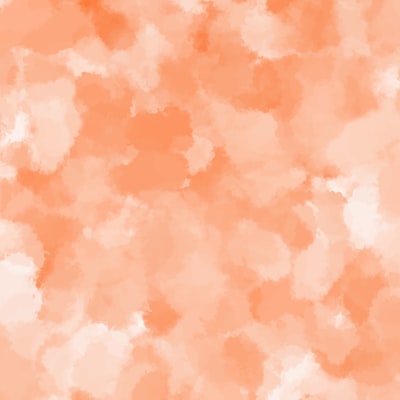There are two main form of reproduction:
- sexual
- asexual
Sexual reproduction

The first part of sexual reproduction involves fusion between the male and female gamete. The specific name for this fusion is fertilisation. Because there is one gamete from each parent the genetic information from both joins together. This is why offspring look similar to both parents but not the same as either of them.
Humans can only reproduce in this way. The female gamete is called the ova and the male is called the sperm. Human gametes contain 23 chromosomes each. This is because in normal human cell there are 46 chromosomes and so, when the gametes fuse together, the embryo which is formed contains the right number.
——————————————————
Asexual reproduction
Asexual reproduction is very different to sexual reproduction in a number of ways:
- only one parent is required, not two
- due to the fact there’s only one parent there’s no fusion between gametes
- this means that there’s no sharing of genetic information and so the offspring is genetically identical to the parent and are known as clones
Plants
Asexual reproduction can happen in a number of different ways in plants.
- Some plants produce an underground food storage organ. This then develops into next year’s plant. One example is potatoes.
- Others, like the strawberry, grow stems above the ground that arch over and form roots at the tip thereby creating a new plant. Alternatively, some plants, like irises and lilies, grow stems underground.
- Certain plants use their roots. Poplars, for example, create new stems via their roots so that a whole grove of clones can quickly be produced from one tree.
Animals
Asexual reproduction in animals is rare but still possible in some species. For example, jellyfish produce buds which break away from the parent while coral also creates buds but these stay connected to the parent.
Certain animals, like the female Komodo dragon, can produce eggs which don’t require fertilisation from a male in order to develop into young.